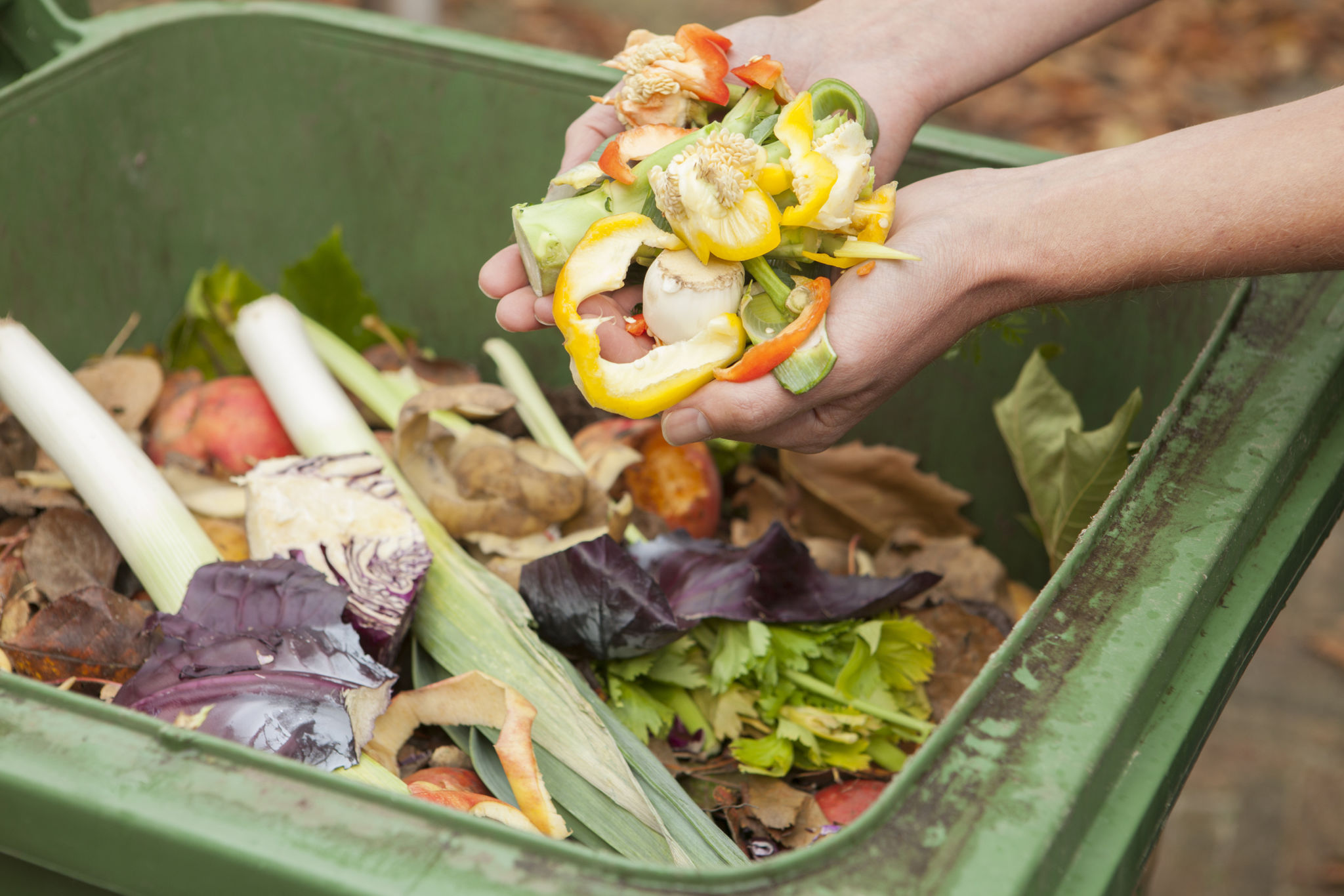How to Design a Sustainable Landscape in Sag Harbor: Eco-Friendly Practices
Understanding the Basics of Sustainable Landscaping
Designing a sustainable landscape in Sag Harbor is an excellent way to harmonize with the natural environment while enhancing the beauty of your surroundings. A sustainable landscape not only conserves resources but also supports local biodiversity. By focusing on eco-friendly practices, you can create a garden that thrives with minimal impact on the environment.
To begin, it's crucial to understand the principles of sustainable landscaping. These include conserving water, reducing chemical use, promoting soil health, and choosing native plants. By prioritizing these elements, you can establish a garden that requires less maintenance and is resilient to changing climate conditions.

Selecting Native Plants
One of the most effective strategies for designing a sustainable landscape is to use native plants. Native species are adapted to the local climate and soil, making them more drought-resistant and less prone to pests. In Sag Harbor, consider incorporating plants like Eastern Redbud, Beach Plum, and Little Bluestem grass into your design.
These plants not only require less water and fertilizers but also provide essential habitats for local wildlife. By choosing native plants, you contribute to the ecological balance and support pollinators like bees and butterflies.
Water Conservation Techniques
Water conservation is a cornerstone of sustainable landscaping. Implementing efficient irrigation systems such as drip irrigation can significantly reduce water usage. Additionally, consider installing rain barrels to capture and reuse rainwater for your garden.
Another effective technique is the use of mulch. Mulching helps retain soil moisture, suppress weeds, and improve soil health. By covering your garden beds with organic mulch like wood chips or straw, you can reduce the frequency of watering.

Soil Health and Composting
Healthy soil is vital for a thriving garden. Instead of relying on chemical fertilizers, focus on improving soil health through composting. Composting kitchen scraps and garden waste creates nutrient-rich organic matter that enhances soil structure and fertility.
By enriching your garden with compost, you encourage a diverse ecosystem of microorganisms that break down organic material and release nutrients. This process not only nourishes your plants but also reduces landfill waste.
Minimizing Chemical Use
Reducing chemical use is essential for protecting the environment and human health. Opt for natural pest control methods such as introducing beneficial insects or using neem oil to manage pests without harming beneficial organisms.
Additionally, practicing integrated pest management (IPM) can help you identify pest issues early and address them using the least harmful methods possible. This approach promotes a balanced ecosystem in your garden.

Creating Wildlife Habitats
A sustainable landscape should provide habitats for local wildlife. Include elements like birdhouses, bee hotels, and water features to attract birds, insects, and other beneficial creatures to your garden.
By fostering a diverse habitat, you support species that contribute to pest control and pollination. This not only enhances your garden's ecological value but also enriches your outdoor experience with the sights and sounds of nature.
Implementing Renewable Materials
When designing structures or pathways in your landscape, choose renewable materials such as bamboo or recycled wood. These materials have a lower environmental impact compared to traditional options like concrete or treated lumber.
Using renewable materials not only reduces your carbon footprint but also complements the natural aesthetic of your garden. Consider incorporating permeable paving solutions to allow rainwater to seep into the ground, reducing runoff.

Engaging with the Community
Engaging with the Sag Harbor community can further enhance your sustainable landscaping efforts. Participate in local gardening clubs or workshops to share ideas and learn from others who are passionate about eco-friendly practices.
Collaborating with neighbors on community gardens or tree planting initiatives can amplify positive environmental impacts while fostering a sense of community spirit. Together, you can make Sag Harbor a greener, more sustainable place for everyone.